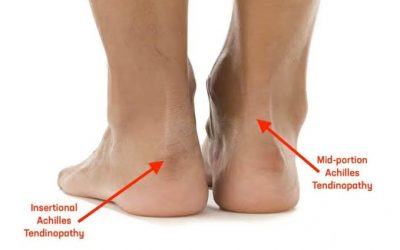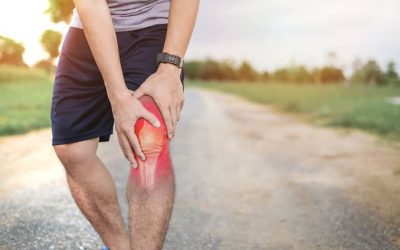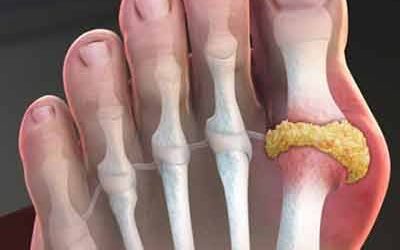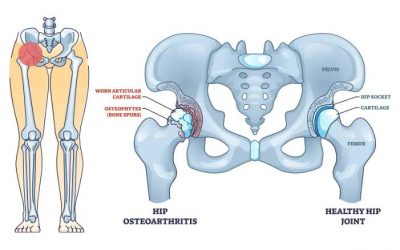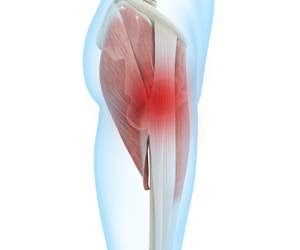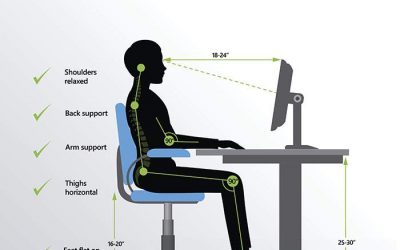Scoliosis
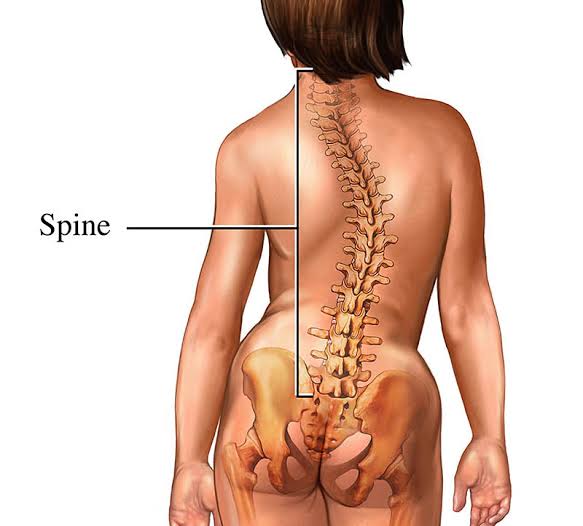

In recent years, more and more teenagers have been experiencing scoliosis. How can scoliosis be self-detected, and what can be done to prevent it in daily life?
Common posture problems in children and teenagers include “uneven shoulders” and “forward head posture.” Only 2.5% of children have normal posture indicators, while over 80% have at least one posture problem. Experts warn that poor sitting and standing posture in children may hide a serious condition—scoliosis.
Scoliosis refers to a deformity where the spine’s normal physiological curve changes. It can be classified into several types:
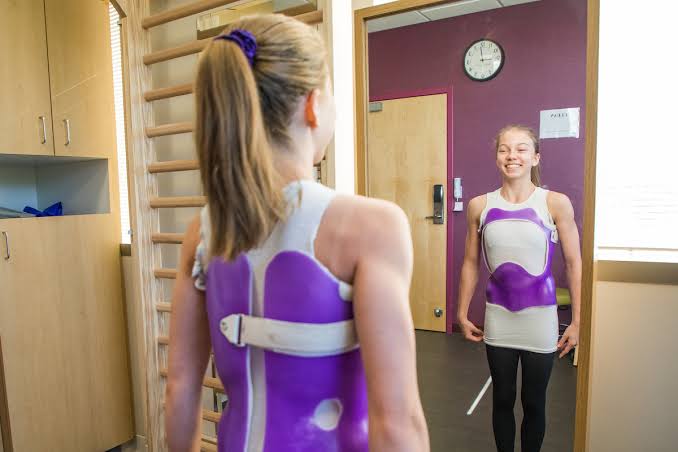
- Congenital scoliosis: Present at birth, where the vertebrae develop abnormally.
- Idiopathic scoliosis: No clear cause, common during adolescence.
- Neuromuscular scoliosis: Occurs in patients with neurological or muscular disorders.
- Syndromic scoliosis: Linked to syndromes that affect multiple systems.
How to Self-Test for Scoliosis
Parents should monitor their children’s spinal development during two critical growth phases:
- Before age 10
- Between ages 10 and 18
During these periods, regularly check the child’s back for signs of asymmetry or imbalance, and visit the doctor if needed. Here are two tips to detect scoliosis:
- Check if the shoulder blades are level.
- Use three fingers—place the middle finger on the spine (spinous process), and run your fingers from the neck down to the lower back. Check if the red marks left behind are straight. If there’s a curve, scoliosis might be present.
If scoliosis is detected, visit an orthopedic clinic for evaluation. If the spinal curve is less than 25 degrees, conservative treatment with back muscle exercises can be effective. For curves between 25 and 40 degrees, bracing might be necessary.
Prevention of Scoliosis: 4 Key Tips
1.Maintain proper spinal alignment: Whether standing, sitting, or lying down, keep the spine in a neutral position. Avoid prolonged bad postures such as slouching, bending over, or leaning forward while working or studying.
2.Use back and waist muscles wisely: To reduce strain, avoid bending over to lift heavy objects. If lifting is necessary, minimize twisting or excessive bending.
3.Stretch to protect spinal health: Two recommended exercises:
- Neck rotations: Rotate your head clockwise three times, pause for 3-5 seconds, then rotate counterclockwise.
- Back stretches: Lie with your back on an exercise ball, rolling backward to maintain spinal alignment and strengthen back muscles.
4.Strengthen core muscles for stability: The abdominal and lower back muscles naturally protect the spine. Strengthening exercises such as planks and quadruped positions are safe and effective. Yoga or Pilates can also help.
